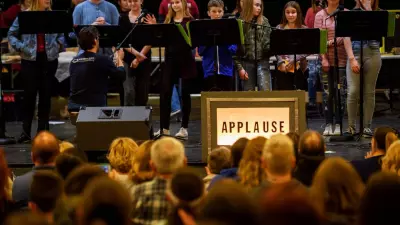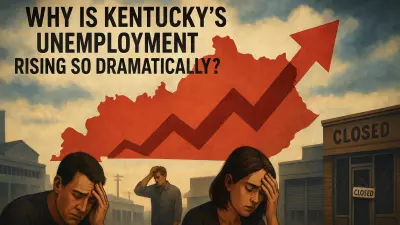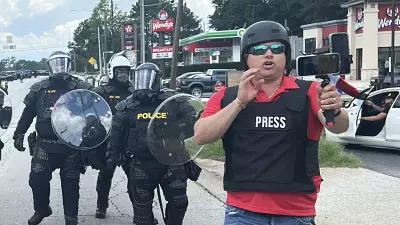“Who here has seen a play?” I ask a room full of teenagers, about a third of them raising a hand halfway up, careful not to seem too eager. “Who listens to the radio?” More hands, slightly more urgency. “How about a podcast? Who listens to those?” Only a few hands drift skyward.

I always ask these questions whenever I’m working with a new group of students. I don’t really want to know the answers — I remember being a middle schooler well enough to know that most of them won’t humor me with honest responses this early in the game. I ask the questions in order to name-drop key ideas about what they’ll be accomplishing with me and a handful of other teaching artists over the next several weeks: writing and performing an original radio play as part of Bricolage Production Company’s “Midnight Radio” educational outreach program.
It’s important to note that Bricolage never intended to have an educational outreach program, and that “Midnight Radio” — a foley-intensive radio-style program meant for adult audiences — was originally a one-off production created to supplement the company’s well-established body of work. But audiences latched onto the format, and “Midnight Radio” popped up in Bricolage’s season year after year to provide a boisterous night of theater via radio play, featuring news segments, commercial breaks, and plenty of homegrown sound effects. Then one day, a group of small children escorted by their daycare providers wandered into Bricolage’s space in downtown Pittsburgh, where the company was rehearsing with a full “Midnight Radio” setup. The kids immediately gravitated toward the foley equipment and microphones, and suddenly it seemed obvious that this was a perfectly accessible format for young audiences. A few iterations of “Midnight Radio Jr.” later, board member Carmelle Nickens had an idea: to bring “Midnight Radio” into the schools.
Nickens approached her colleague, the superintendent of Washington County schools, about a possible outreach program, and in 2013, the first “Midnight Radio” educational residency had its debut with Washington Middle School. Six years, 16 residencies, and 11 schools later, the program is still going strong. Funded by the Claude Worthington Benedum Foundation, “Midnight Radio” is currently booked through 2022 for 11 more residencies across seven schools, including one alternative school.
I came on board as a teaching artist for the outreach program in 2015, after years of working as an actor and playwright for Bricolage. I had never taught before, and when I came up against 20-plus pairs of seventh-grade eyes in my first Washington County class, I was terrified. By the end of the residency, I was hooked. Managing to coax a story from their brains to the page was exhilarating, and knowing that we were setting them up to experience the terrifying thrill of performance was even better.
By the end of the residency, I was hooked. Managing to coax a story from their brains to the page was exhilarating, and knowing that we were setting them up to experience the terrifying thrill of performance was even better.
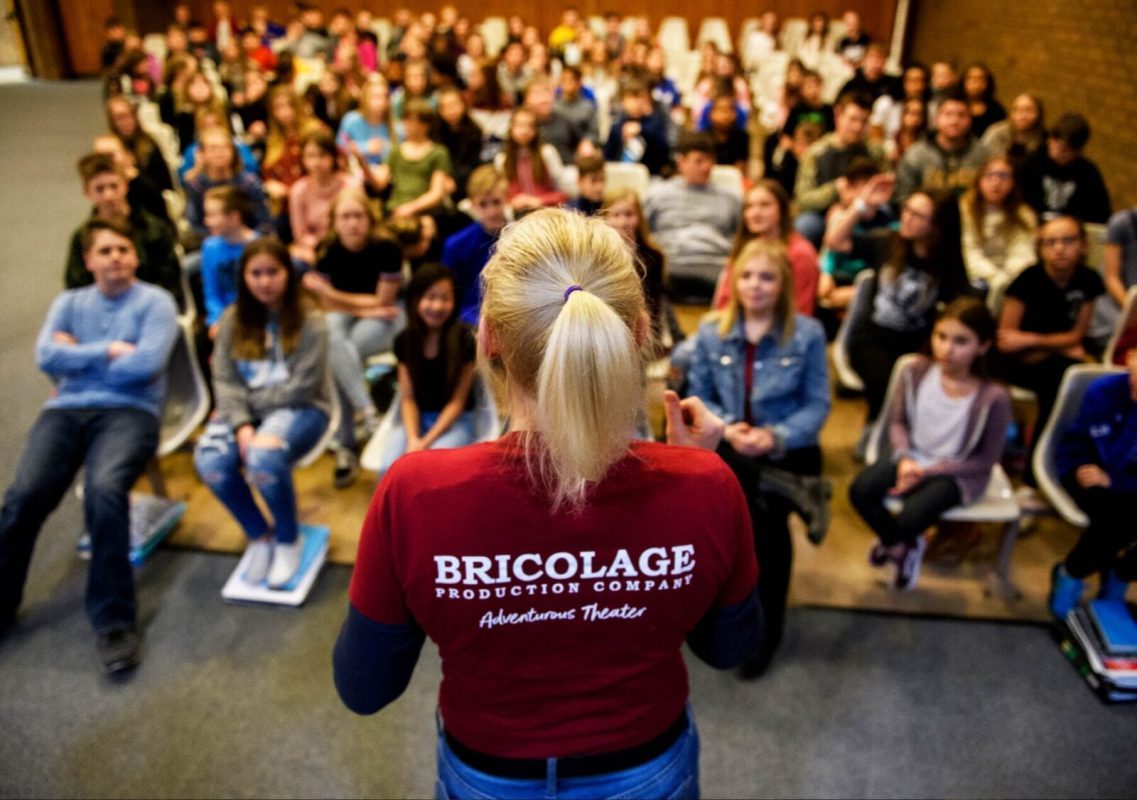
Looking back, I can understand why I was so instantly enamored by these residencies. I went to middle school in arts-budget-starved West Virginia, where I funneled all my creative energy into community theater and a barebones speech team, which was solely driven by the power of a few performance-hungry students and one very patient parent sponsor. My exposure to plays was limited to whatever tours came through town, and it took a college education to understand that there was more to theater than “A Christmas Carol” and “Grease.” As a student, I would’ve taken to the “Midnight Radio” program with obscene enthusiasm, and my delight in being able to bring this experience to kids in rural — often culturally lean — communities is very real.
“These kids aren’t theater-savvy,” said Vince Rafail, an English teacher at Frazier Middle School in Fayette County. “They might see a play whenever the CLO brings a show to the school, but they’re hungry for it. They need an outlet.”
A typical Bricolage residency is ideally a 10-week program, with teaching artists visiting once per week, and then more often as the performance approaches. But standardized testing, weather delays, and other scheduling challenges often make for a more condensed experience. Sometimes I visit once a week for four weeks, giving the kids plenty of time to write between sessions, but sometimes I see them four times in two weeks, putting more pressure on the students to churn out scripts and usually truncating my turnaround deadline for the final, polished versions.
Week one is spent showing videos of past “Midnight Radio” performances and giving them an introduction to foley. Then the reins are handed to me for the next four visits, and in that time I have to tease story ideas from adolescent brains, give them a crash course on playwriting, and bring their scripts as close to final form as possible. They write in groups, which — as I tell them from the jump — can be difficult and frustrating. Teacher input is crucial when it comes to which students are in which groups; the most experienced teachers usually have them carefully divided up before I arrive because “this one cannot work with that one,” and this small favor earns my perpetual gratitude.
Their first collaborative writing assignment is choosing a group name, and I give them 60 seconds to do so. There’s usually one group that defaults to dubbing themselves “IDK,” but I’m always surprised by the other group names that come from a minute’s worth of brainstorming. In my time as a teaching artist, I’ve had the pleasure of reading plays authored by none other than The Legit Ballers, Juan’s Disciples, Team Peanut Butter, Big Chungus, The Pizza Giraffes, and, of course, the GOATs.
In my time as a teaching artist, I’ve had the pleasure of reading plays authored by none other than The Legit Ballers, Juan’s Disciples, Team Peanut Butter, Big Chungus, The Pizza Giraffes, and, of course, the GOATs.
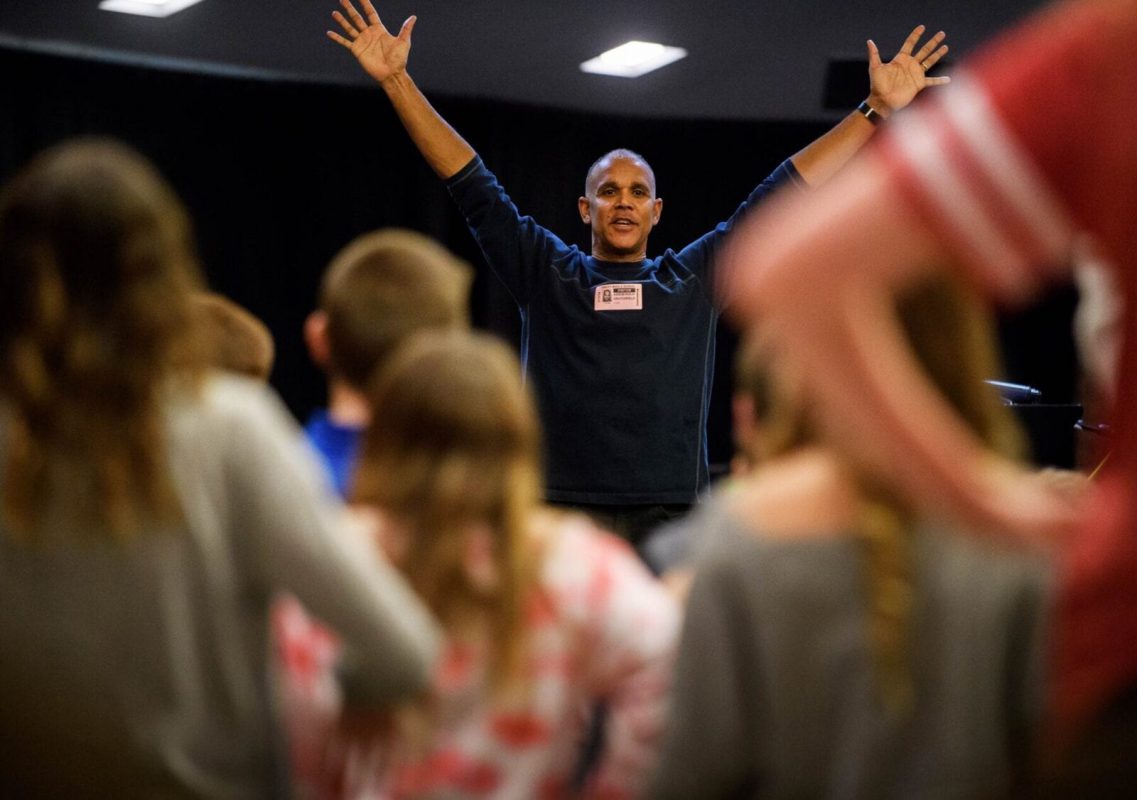
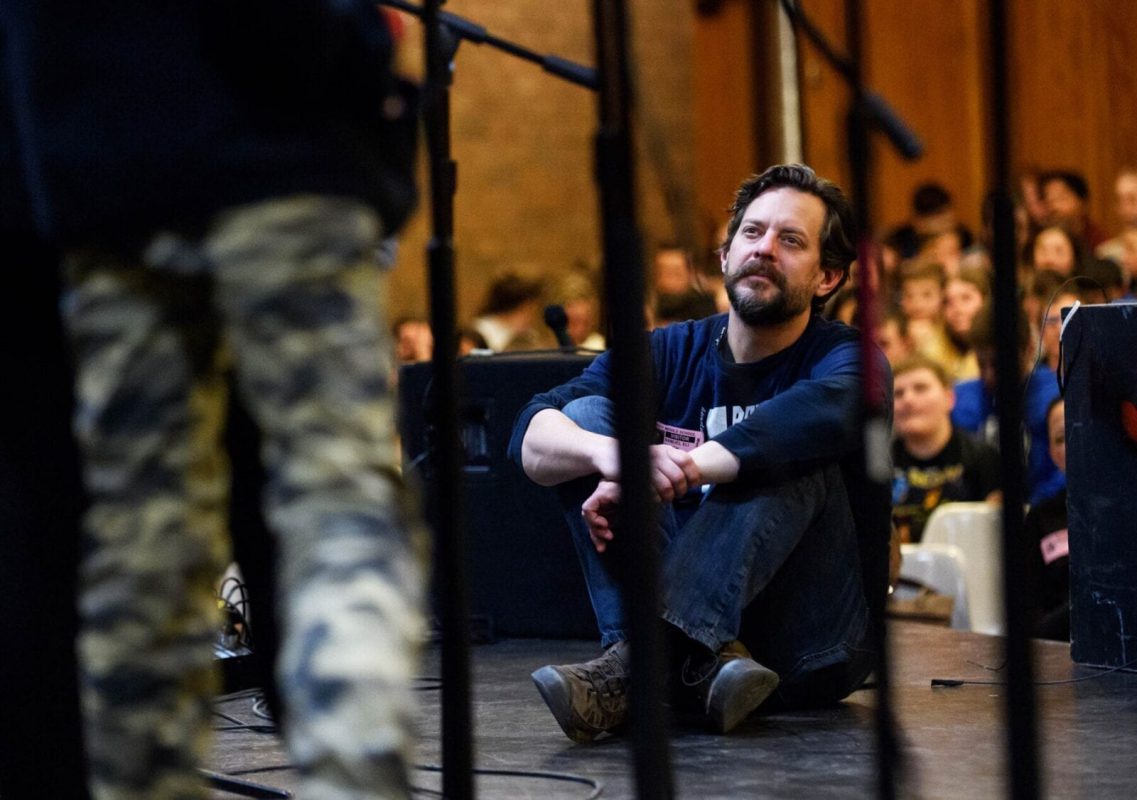
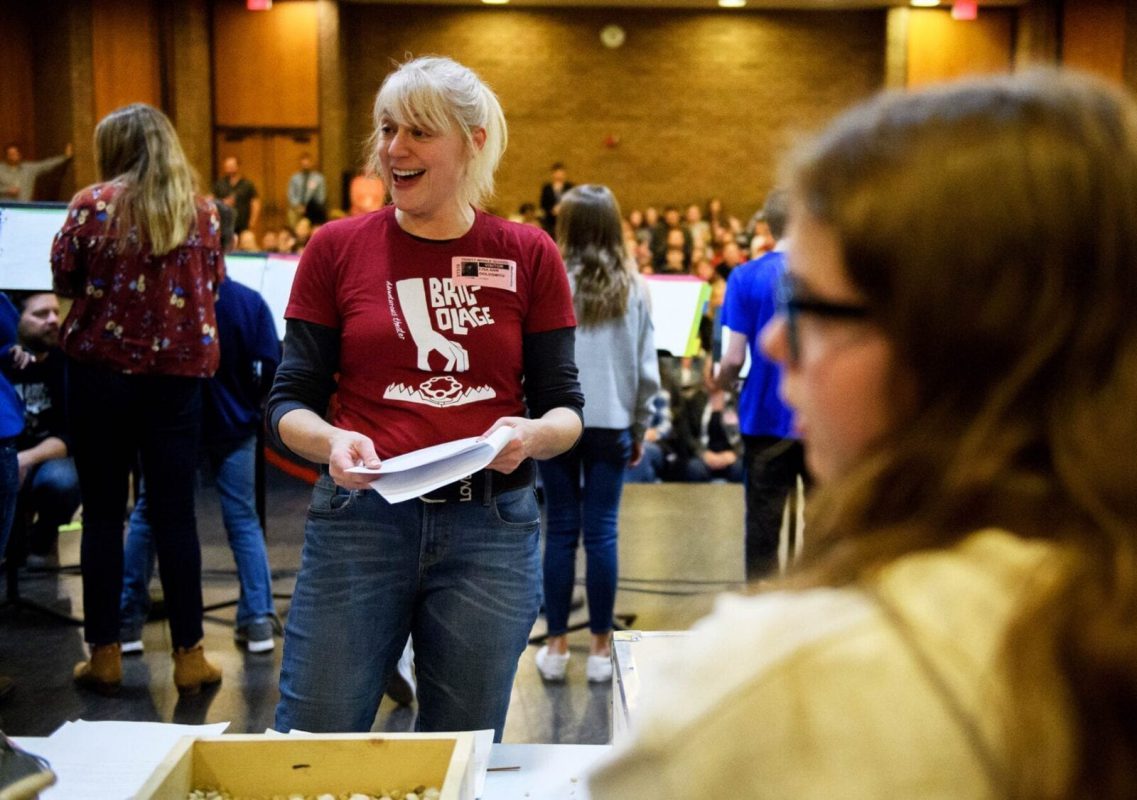
From the moment I step foot in the classroom until I pass the final scripts back to the students for rehearsal, time is a major concern. I typically have an average of five classes, with an average of five writing groups per class, and only one class period to spend with each. Class periods are not nearly as endless as I remember them; I have about 43 minutes to get from warm-up to brainstorming to writing before they’re gathering up binders and slamming Chromebooks shut in anticipation of the bell. Most teachers are accommodating enough to dedicate time between our visits for writing, and as the weeks progress, some students take it upon themselves to write at home in the evenings.
The kids understand from the beginning that I’ll only be choosing one script from each class to move forward to the final performance. I sometimes ask them to vote on scripts via secret ballot so they have even more ownership over the process, but in the interest of time and curation, I usually take creative control on this front. I have to consider which scripts are structured best and will come together to make a balanced final show — with special consideration given to groups who actually manage to finish their scripts. The more complete the script, the less I have to insert my own voice to bring the play to its final form. Skill level and shortened schedules make this extra challenging. I’ve often had to choose between five scripts that each have an average of three lines of dialogue centered around a half-baked concept, but as long as I can sit down with the authors the next day and get an idea of where they’d like the story to go, I’m set.
This is typically the point at which the teachers become anxious about their students’ progress. “They don’t have a lot done. Is that normal? Does that happen in other schools?” I tell them that the kids are in fine shape, and I’m telling the truth. I technically leave the process halfway through the residency, but I know what happens after I leave, regardless of how the script-writing process has gone. Once the scripts are in their final form, other teaching artists step in to cast the shows and assign foley duties. The students are immersed in short-form lessons on vocal production and character work, and a professional musician joins the process to add musical underscoring to the scripts and jingles to the commercials. Then, finally, it’s time for dress rehearsal and performance. There is no set — just a row of microphones and music stands (all scripts are mercifully read, not memorized) lined up in front of the very same foley equipment Bricolage uses in its own professional “Midnight Radio” shows. Audiences are usually made up of teachers, parents, administrators, and younger students from the same school.
“Every time around week eight, I think it’s gonna fail,” said Sam Turich, a theater professional and Bricolage’s head of education. “I think, well, it was bound to happen sometime. And then they always come through. They reach a new level of commitment and collaboration. They understand what can happen when you’re invested in something. The focus is surprising every time.”
It’s important to note, however, that the goal of this program is not to turn students into playwrights or actors, as tempting as it might be for us teaching artists to bring another one into the fold. We’re not there hoping to find the next Broadway star — we’re there to provide a creative outlet through storytelling and performance, to facilitate project-based learning. And this is a concrete and achievable goal, but it’s what happens along the way that is the most fascinating. The girl who rolled her eyes at me and braided her friend’s hair during all four weeks of my writing classes emerges as a shockingly adept voice actor when I hand her a script to read aloud. The boy who can bark just like a yappy little dog has his moment in the spotlight when he’s cast in a script that requires that very sound. I hand a sassy eighth-grader a pencil and paper and ask her to write a few commercials, and she fires off three in a row, all in rhymed couplet. She seems surprised — almost puzzled — at what she’s done.
Of course, not every student who participates in the residency discovers a love of writing and performing, or even a tolerance of it. That’s the beauty of the “Midnight Radio” format: even the kids who would rather have the earth open up and swallow them whole than be the center of attention can find a role in the process that suits them. Students who shy away from the microphone are designated foley artists, and they’re just as essential to radio play storytelling as the voice actors. Foley duty entails a wide range of odd yet delightfully accurate noisemaking, including the opening and shutting of a half-scale door, hard-soled shoes slipped over hands and made to “walk” on a shallow box full of gravel, and spray paint can lids clapped together to produce the unmistakable sound of horse hooves. Students take their foley very seriously, and will come in during off periods just to practice their effects. One missed foley cue, and the story is thrown off, just as it would be with a skipped line of dialogue.
“The wonderful thing about this framework is that it can accommodate every single student,” said Jeffrey Carpenter, Bricolage’s artistic director and founder. “Everyone has a job. No one is the most important person in the room.”
“This show only works with the students’ participation,” Bricolage principal creative and co-founder Tami Dixon added. “It needs them.”
That detail is key: “Midnight Radio” needs them. The show simply doesn’t go on without the students. This isn’t usually an issue — most teachers attach a grade to the project, so there’s a clear incentive for the kids to participate. But that goes right out the window at an alternative school, where the students aren’t held to the same standards or bound by the same motivations. Bricolage has completed residencies in four alternative schools, where the kids are managing a whole host of challenging situations, ranging from severe behavioral issues to run-ins with the law. It’s not uncommon to see a student at one of these schools with an ankle bracelet and a probation officer. I’ve taught two residencies at alternative schools, and each time I feel a special kind of self-loathing. These kids are saddled with stressful life issues I could never even imagine and I breeze in with a smile and the nerve to suggest we all buddy up and put on a play? I can’t roll my eyes at myself hard enough.
These kids are saddled with stressful life issues I could never even imagine and I breeze in with a smile and the nerve to suggest we all buddy up and put on a play?
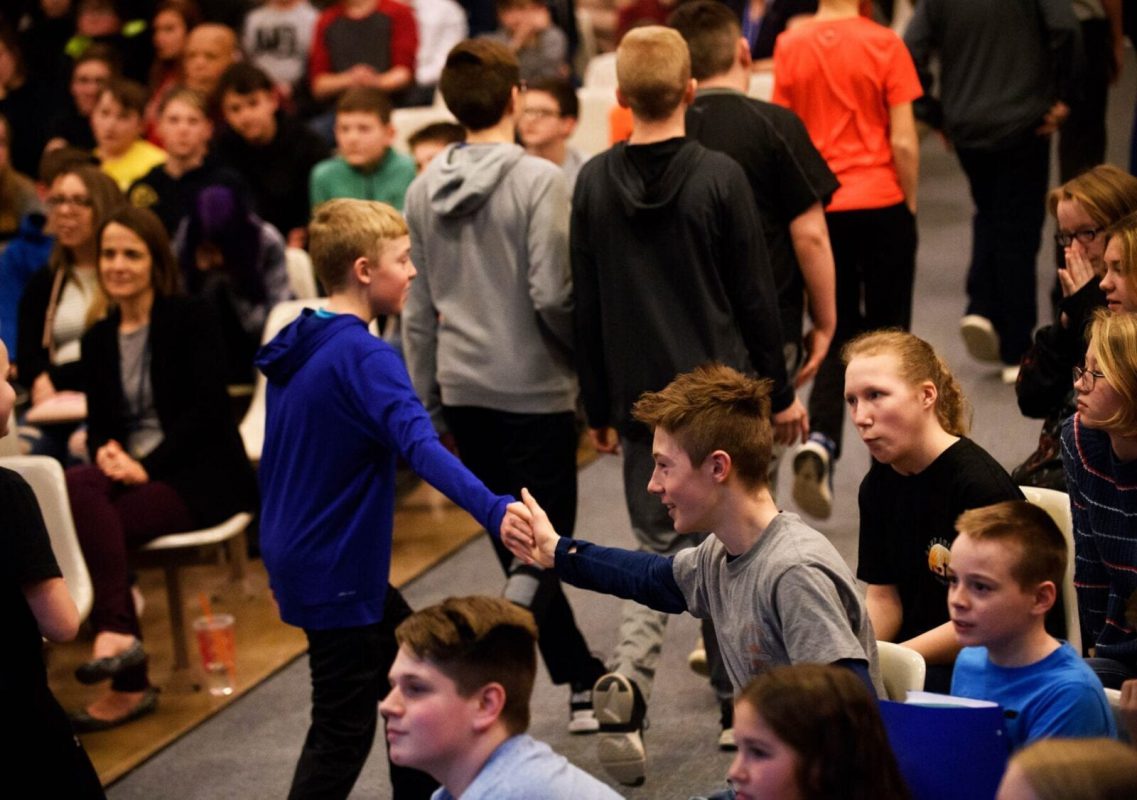
But that’s what we’ve been sent there to do, and we do it. I complete the lion’s share of the writing at these schools; class attendance is incredibly spotty and there are often several new faces from week to week, with just as many that go missing after we only meet once. I do what I can to get script ideas out of them, and — once their enormous distrust of us begins to erode just a little bit — I strike gold. Some of my very favorite scripts have come from the alternative schools, including one written to accommodate a student who could do a spot-on Napoleon Dynamite impersonation, and one inspired by an incredibly bright young woman’s fascination with the parallels between the tragic lives of Kurt Cobain and Amy Winehouse. This student would spend the time between my visits emailing me research notes she had compiled and watching conspiracy theory documentaries about Cobain’s death. She had capital-O Opinions about the first draft of the script we read aloud on my last day at the school, and I made sure to tailor the script to her liking before I handed it back over to the kids for rehearsal. She showed up for school every week for “Bricolage Day,” but she didn’t make it to the final show. Unbeknownst to us, she was pregnant, and medical issues required her to switch to cyber school. Her script debuted in front of administrators and families with a beautiful performance courtesy of her classmates.
During a residency at a different alternative school, Turich encountered an unconventional challenge that became his favorite outreach anecdote:
“It was dress rehearsal, and one of our actors was missing. We’re wondering where he is, and then one of the kids tells us he was arrested after a SWAT standoff at his house the night before. His bail is set at $250,000. He’s not going to make the show. But it just so happened that we had two new kids in class that day who, coincidentally, had just been released from jail. We asked them to cover for the other student, and they jumped right in. Suddenly they’re performing for a live audience and you can just see it on their faces — yesterday I was in jail, today I’m performing and getting applause. After the show, one of them comes up to me and says, ‘You know, I could’ve done more.’”
In my imagination, he gets to do more someday. More creating, more participation in a process that’s larger than himself but would be crippled without him. It’s sometimes seems absurd to me that the medium of radio — which is downright archaic to students all born into a post-9/11 world — could help to bring about a kind of personal transformation, but it happens every residency, in small and large degrees, for both the students and myself. Sometimes I drive over an hour to these schools in the pre-dawn hours and stand in front of the class, feeling every inch as guarded as my 14-year-old counterparts. We learn to trust each other by trusting the process, and we learn to trust the process by trusting the work we create together — a mountain of original content that would never exist without those rapidly growing, often misfiring adolescent brains. I could teach a thousand of these residencies and still be surprised at which student writes a phenomenal play with a gut-punch ending or delivers a laugh line that brings the house down.
“As they go through this process, I see independence. I see focus, maturity, and discipline,” Rafail said. “The arts show us who people are.”

